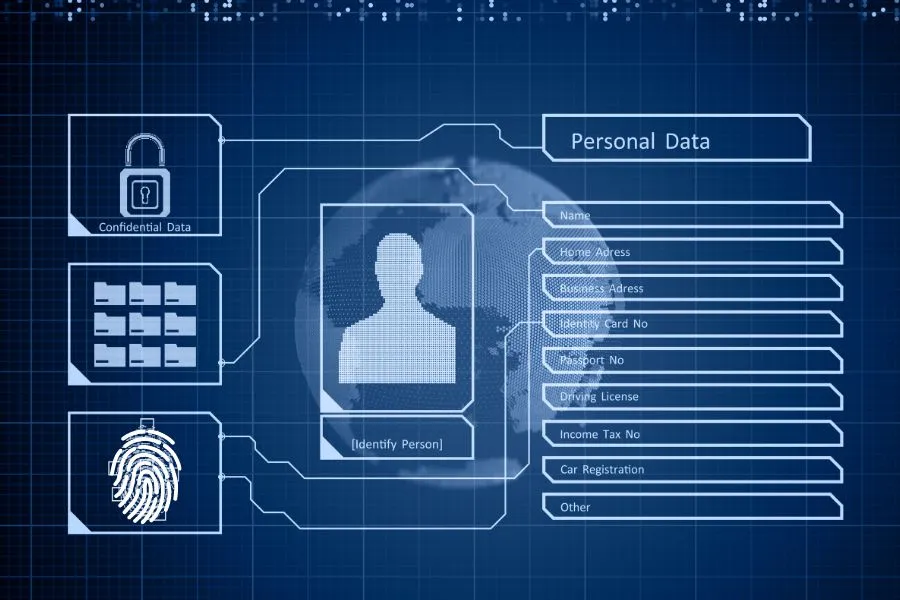Identity and Access Management (IAM)
Identity and Access Management (IAM) is a fundamental component of modern cybersecurity strategies, aimed at safeguarding sensitive data, protecting against unauthorised access, and ensuring compliance with regulatory requirements. IAM frameworks encompass policies, processes, and technologies designed to manage user identities, control access to resources, and enforce security policies effectively.

Key Components of IAM:
Authentication:
Verifying the identity of users or entities seeking access to resources. This could involve passwords, biometric scans, security tokens, or multifactor authentication (MFA) methods.
Authorization:
Determination of what actions or resources a user is permitted to access once their identity has been authenticated, based on roles, groups, or specific permissions.
Account Management:
Lifecycle management of user accounts, including provisioning, deprovisioning, and maintenance of account information and permissions.
Single Sign-On (SSO):
Enablement of users to access multiple applications or services with a single set of login credentials, enhancing user experience and simplifying access management.
Audit and Compliance:
Monitoring and logging user activities to ensure compliance with security policies, regulations, and industry standards. This involves tracking access attempts, changes to permissions, and other relevant events for forensic analysis and compliance reporting.
Identity Federation:
Facilitation of user access across different systems or organisations using existing identities, without the need for separate authentication mechanisms for each resource.
Privileged Access Management (PAM):
Managing and securing access to highly sensitive or privileged accounts, such as those belonging to system administrators or executives. PAM solutions often include additional layers of security and oversight to mitigate the risks associated with privileged access.
Benefits of IAM:
- Enhanced Security: IAM systems reduce the risk of unauthorized access and data breaches by enforcing strong authentication and access controls.
- Improved Compliance: Compliance with regulatory requirements such as GDPR, HIPAA, and PCI-DSS is facilitated through comprehensive audit trails and access controls.
- Increased Productivity: SSO capabilities streamline user access, reducing the burden of managing multiple sets of credentials and enhancing user productivity.
- Cost Efficiency: Effective IAM implementation reduces the overhead associated with manual account management processes and potential security incidents, resulting in cost savings.
Recommended Resources:
- NIST Special Publication 800-63: Digital Identity Guidelines
- Identity Management Institute
- OpenID Foundation
- Cloud Security Alliance (CSA) - Identity & Access Management
- IAM Market Report by MarketsandMarkets™
Identity and Access Management is a critical aspect of cybersecurity strategy, ensuring that organizations can effectively manage and protect their digital assets while enabling secure and seamless access for authorized users. By implementing robust IAM solutions, businesses can strengthen their security posture, achieve regulatory compliance, and foster user trust in their systems and services.
Active Events
Your Data Science Career Game-Changing in 2024: Explore Trends and Opportunities
Date: Aug 08, 2025 | 7:00 PM (IST)
7:00 PM (IST) - 8:10 PM (IST)
2811 people have registered
Unlock Your Career Potential: The 2024 Full Stack Development Success Formula
Date: Aug 08, 2025 | 7:00 PM(IST)
7:00 PM(IST) - 8:10 PM(IST)
2749 people have registered
Bootcamps
Data Science Bootcamp
- Duration:4 Months
- Start Date:Aug 09, 2025
Full Stack Software Development Bootcamp
- Duration:4 Months
- Start Date:Aug 09, 2025
